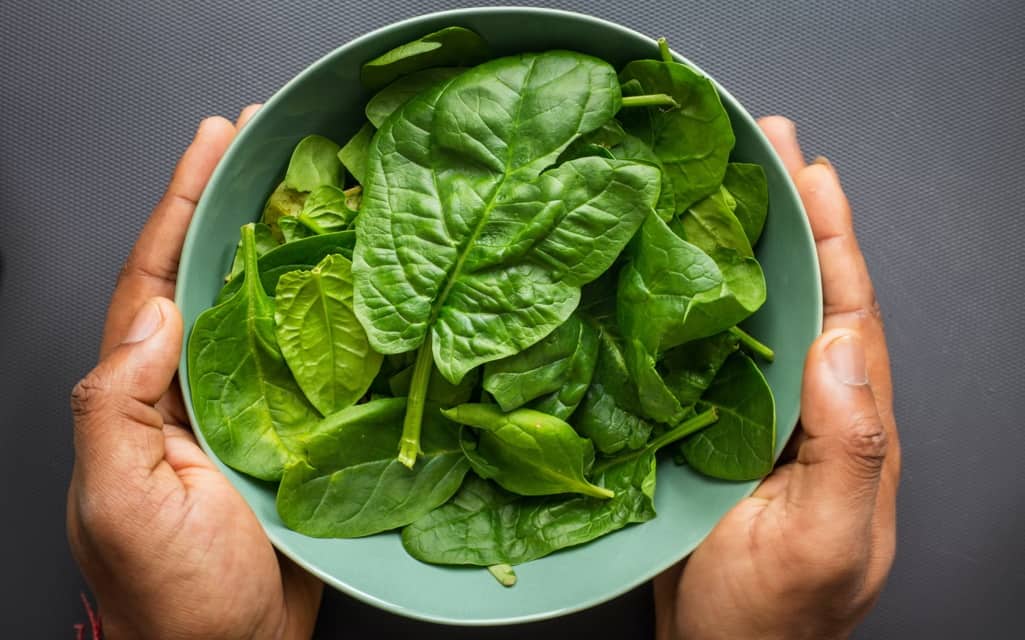An excellent source of vitamins, fiber, calcium, and iron, it’s no wonder spinach is one of the best dark leafy greens you can add to your diet. Sautée it with butter and garlic, stir it into soups, add some to your casseroles and omelets, or sneak it into your fruit smoothies. As easy as it is to use throughout your regular meal rotations, spinach is just as easy to grow at home. Whether you’re new to gardening or you’re a seasoned pro, this step-by-step guide on how to grow spinach at home will help get you started!
Location
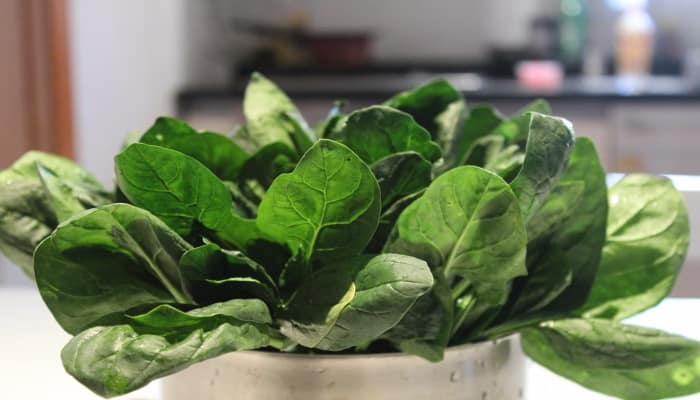
The first step to growing delicious spinach plants is to determine the best place to put them. As every home is different, there is no one-size-fits-all approach. Thankfully, spinach is very versatile. If your home has plenty of land for an outdoor garden, growing it directly in your soil is a fair option. If you prefer the control that raised beds affords you, spinach will grow well there, too. If your home does not have much outdoor space, spinach is equally well-suited to growing in containers indoors or on a balcony.
The most important factor when it comes to deciding the location is the amount of sunlight. Spinach plants prefer full sun and partial sun. Aim for an area that receives at minimum 4 hours of sunlight per day.
Soil
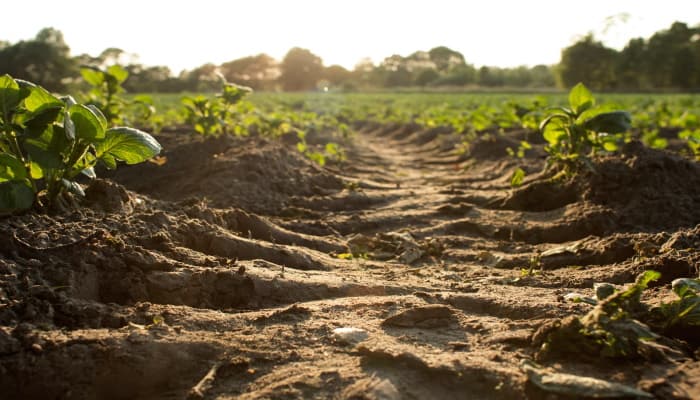
How much do you know about your soil? Do you know which of the six soil groups it belongs to (silty, sandy, chalky, loamy, peaty and clay)? Do you know its pH level? All of these factors will affect how well your plants grow, so if you don’t know, consider getting a soil test done. Many state agricultural agencies and universities will do soil tests for you.
When it comes to growing spinach, you’ll need soil that is neutral or slightly alkaline, with a pH level between 6.5 and 7.5. If you are growing your plants in raised beds or containers, an all-purpose garden soil will suffice.
Season & Temperature

Next, you’ll need to figure out the timing of your garden. Spinach endures cold weather well, down to 20°F, meaning you could almost grow it year-round. However, this depends on the cultivar. Plant your summer cultivars in early spring four to six weeks before the last frost. If planting a winter cultivar, get ready to sow in late fall about six to eight weeks before the first frost.
How to Sow the Seeds

Once you have your garden plot, raised beds, or containers set up in the proper location and with neutral soil, you’ll be ready to sow the seeds. Plant the seeds about two inches apart and one inch deep. If applicable, keep the rows 14 to 18 inches apart. Cover the seeds with soil and water them evenly. For a continuous harvest, repeat this process every three weeks.
Maintenance & Care
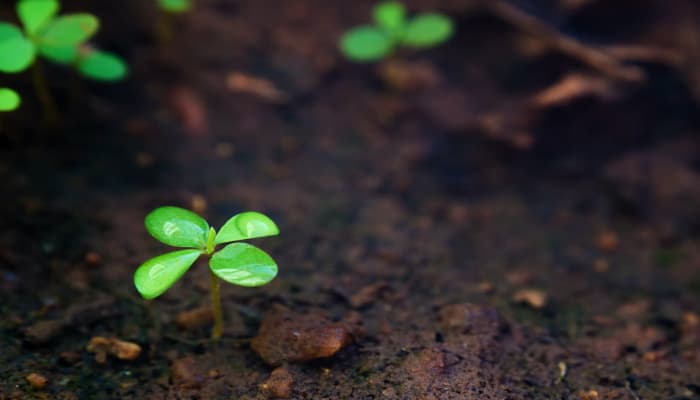
Keep an eye on your spinach plants as they grow. Once they start to sprout, thin the plants until they are 3 to 5 inches apart. Give them a regular supply of water-soluble fertilizer plus mulch, and water them at the base of the plant. Water regularly, especially during the warmer weeks to prevent bolting, but don’t let the water touch the leaves.
If your spinach plants start to show yellow or purple leaves, or the leaves are continuously falling off, add a high-nitrogen fertilizer to the soil. Beans, peas and other nitrogen-fixing plants make wonderful companion plants for spinach for this reason.
Harvest
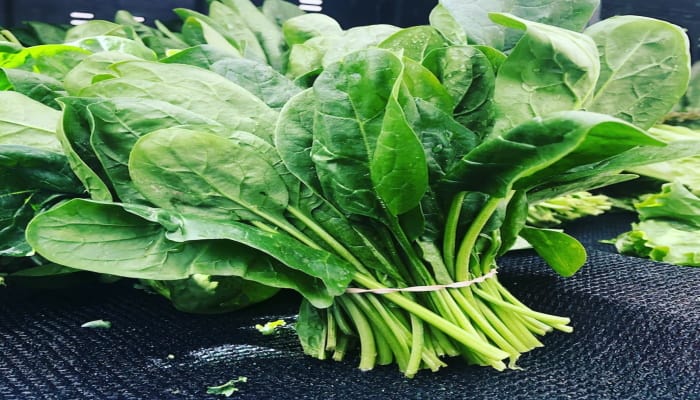
Spinach takes about six weeks to grow. Summer varieties are usually ready from May to October, and winter varieties will be fully grown from October to April. However, you can start harvesting your spinach as soon as the leaves reach the desired size or the plant reaches three inches tall.
Use your garden shears to trim the leaves off at the stem. Make sure to start trimming the outer leaves first to allow the inner leaves to continue growing. In this way, you can also extend the harvest season of your crop, if you didn’t already stagger your sowing process.
Trim off the leaves when they are still small for a harvest of sweet baby spinach. Baby spinach is best used fresh in salads. Alternatively, wait until the plants are about 6 inches tall for a larger, darker, and more bitter green. These adult greens are excellent for cooking or wilting, such as for soups, rice dishes, pastas, or casseroles.
Storage
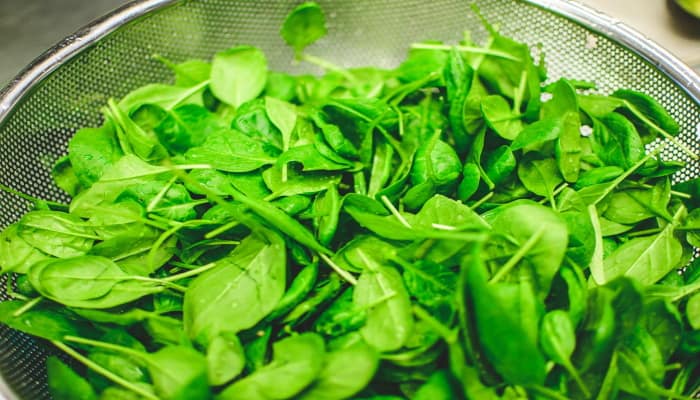
Spinach is a fast-growing plant that can be grown and harvested to give you a continuous supply. If you time your sowing well, you may be able to offset becoming overloaded with more spinach than you can use. It’s a good idea to harvest your spinach leaves only if you are ready to use them the same day. Not only does this optimize their freshness, but the leaves will last longer too when still attached to the plant.
However, if you do have to harvest more than you can use at one time, you can store your fresh spinach in the refrigerator for up to 14 days. It’s also possible to freeze spinach, but only if you plan on cooking it, as opposed to using it fresh in a salad. Alternatively, you can also pickle your spinach with some bacon, peppers, cucumbers, tomatoes or whatever other garden vegetables you have on hand.
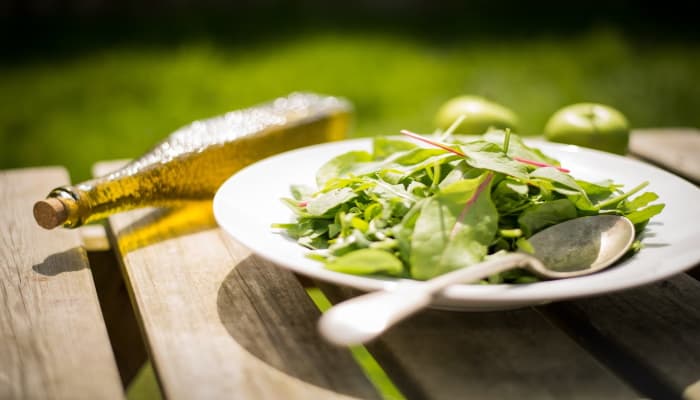
In Conclusion
Sow the seeds every few weeks, and you’ll get to harvest it continuously all season long. Grow it in containers or in your outdoor garden, and you’ll have surplus to give to friends and family. Plant some beans or peas nearby to keep it company, and it’ll grow strong and healthy. Plus, while you’re eating plenty of spinach from your home garden, that extra calcium and iron will make you strong and healthy, too! Not only is this nutrient-dense superfood easy to grow at home, but fresh spinach is also versatile in the kitchen and even more delicious in your mouth!

